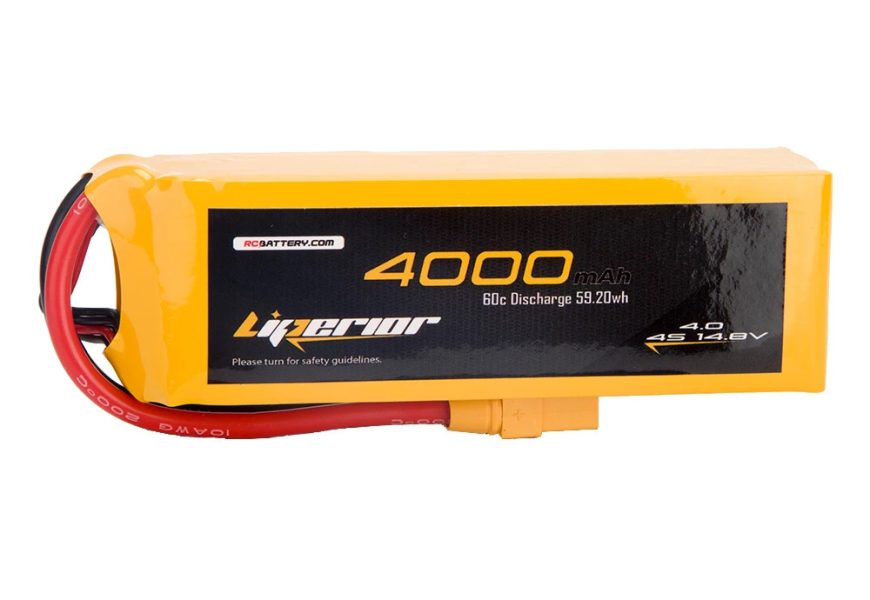When it comes to powering RC vehicles, drones, and other electronic devices, LiPo (Lithium Polymer) batteries are the gold standard. They deliver high energy density and lightweight convenience, making them a favorite among enthusiasts and professionals alike. However, their power comes with responsibility—balance charging is essential for safety, performance, and longevity.
This guide takes you through everything you need to know about balance charging LiPo batteries. From the tools you need to the steps involved, we’ve got you covered with actionable advice and expert tips.
What are LiPo Batteries?
Understanding Lithium Polymer Technology
LiPo batteries are rechargeable powerhouses that stand out for their lightweight and flexible structure. Unlike cylindrical batteries, LiPo batteries use a flat, pouch-style construction that makes them ideal for compact electronic devices.
Benefits of LiPo Batteries
- High Energy Density: Stores more power in a smaller space.
- Lightweight Design: Perfect for drones and RC vehicles.
- Fast Discharge Rates: Delivers consistent energy output for high-performance needs.
However, these advantages come with risks. Without proper charging practices, LiPo batteries can overheat, swell, or even catch fire.
Why is Balance Charging Important?
Balance charging ensures that all cells within a LiPo battery are charged to the same voltage level. Unlike a standard charge, balance charging focuses on maintaining equal voltage across each cell, preventing overcharging and undercharging.
Key Reasons to Balance Charge
- Safety: Reduces the risk of overheating and fire.
- Battery Longevity: Prevents wear and tear caused by uneven charging.
- Optimal Performance: Ensures consistent power output.
Tools and Equipment Needed for Balance Charging
Essential Tools
- Balance Charger: Devices like ISDT or SkyRC chargers are popular choices.
- Balance Board: Helps connect multiple battery cells during charging.
- Charging Cables: Ensure compatibility with your battery and charger.
Safety Gear
- Fireproof LiPo Bags: Contain any potential mishaps during charging.
- Heat-Resistant Surface: Place your charging setup on non-flammable materials.
Step-by-Step Guide to Balance Charging
1. Inspect Your Battery
Before charging, inspect your LiPo battery for any visible damage or bloating. A swollen battery is a clear sign of damage and should not be charged.
2. Setup the Balance Charger
- Connect the balance lead to the charger.
- Attach the main power lead securely.
- Select the appropriate charging mode, typically “LiPo Balance.”
3. Configure the Settings
- Set the charging voltage based on the number of cells (e.g., 11.1V for a 3-cell battery).
- Adjust the charging current according to your battery’s capacity (e.g., 2.2A for a 2200mAh battery).
4. Begin the Charging Process
- Start the charger and monitor the display.
- The charger will equalize the voltage of all cells during the process.
5. Complete and Disconnect
- Wait for the charger to indicate completion.
- Safely disconnect the battery and store it properly.
Common Mistakes to Avoid
1. Overcharging the Battery
Always set the charger to the correct voltage. Overcharging can lead to overheating and potential hazards.
2. Ignoring Damaged Batteries
Never attempt to charge a damaged or swollen battery. Dispose of it following proper guidelines.
3. Neglecting Safety Precautions
Ensure you use fireproof bags and charge batteries in a well-ventilated area.
Pro Tips for Balance Charging
- Regularly Check Cell Voltage: Use a voltage checker to monitor individual cell levels.
- Invest in a Quality Charger: A reliable charger simplifies the process and minimizes risks.
- Keep a Charging Log: Track your battery’s performance to detect issues early.
FAQs
1. Why is balance charging crucial for LiPo batteries?
Balance charging ensures that all cells are equally charged, reducing risks like overheating and prolonging battery life.
2. Can I use a regular charger instead of a balance charger?
No. Regular chargers lack the ability to monitor individual cells, which is essential for safety.
3. What are the signs of a damaged LiPo battery?
Swelling, overheating during use, or a drop in performance are common indicators.
4. How often should I balance charge my LiPo battery?
It’s best to balance charge every time you recharge your battery.
5. What happens if I overcharge a LiPo battery?
Overcharging can lead to overheating, reduced lifespan, and increased safety risks, including fire.
Conclusion
Balance charging is not just an option but a necessity for LiPo battery users. By following proper charging practices, you ensure the safety, performance, and longevity of your batteries. Whether you’re a beginner or an experienced RC enthusiast, investing in the right tools and taking the time to balance charge will pay off in the long run.
Don’t wait for a mishap to learn the importance of balance charging. Equip yourself with the knowledge and tools today for a safer, more enjoyable experience with your LiPo batteries!









